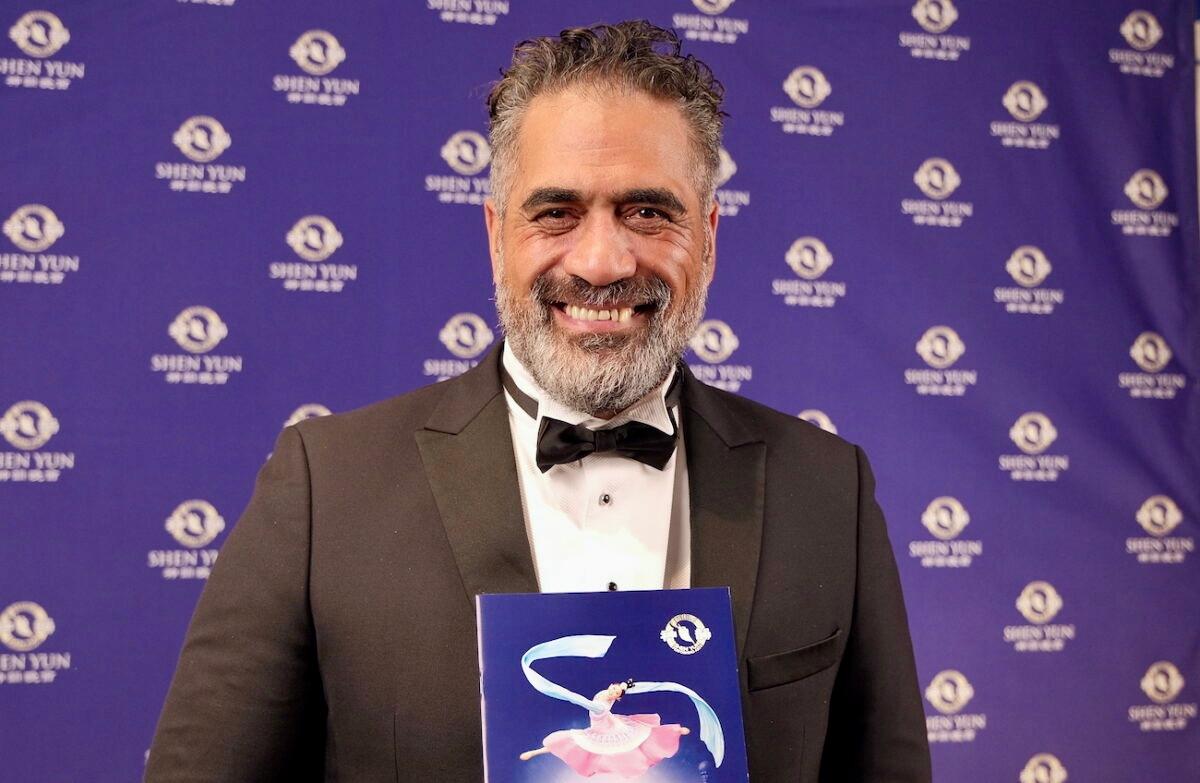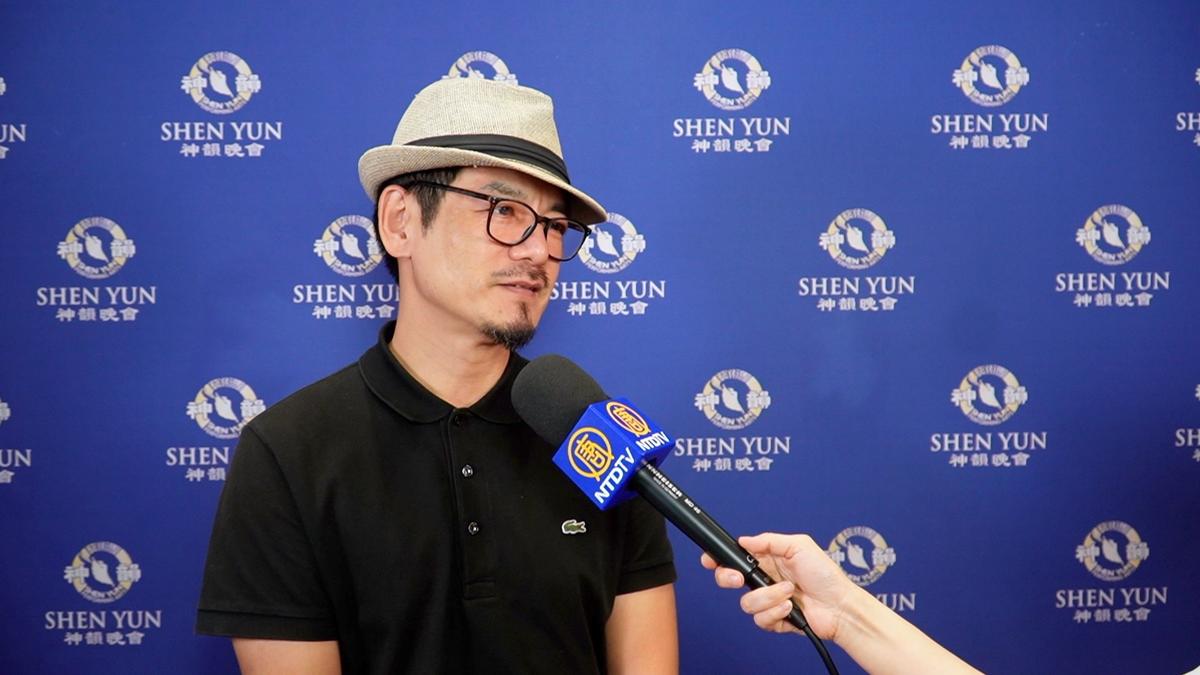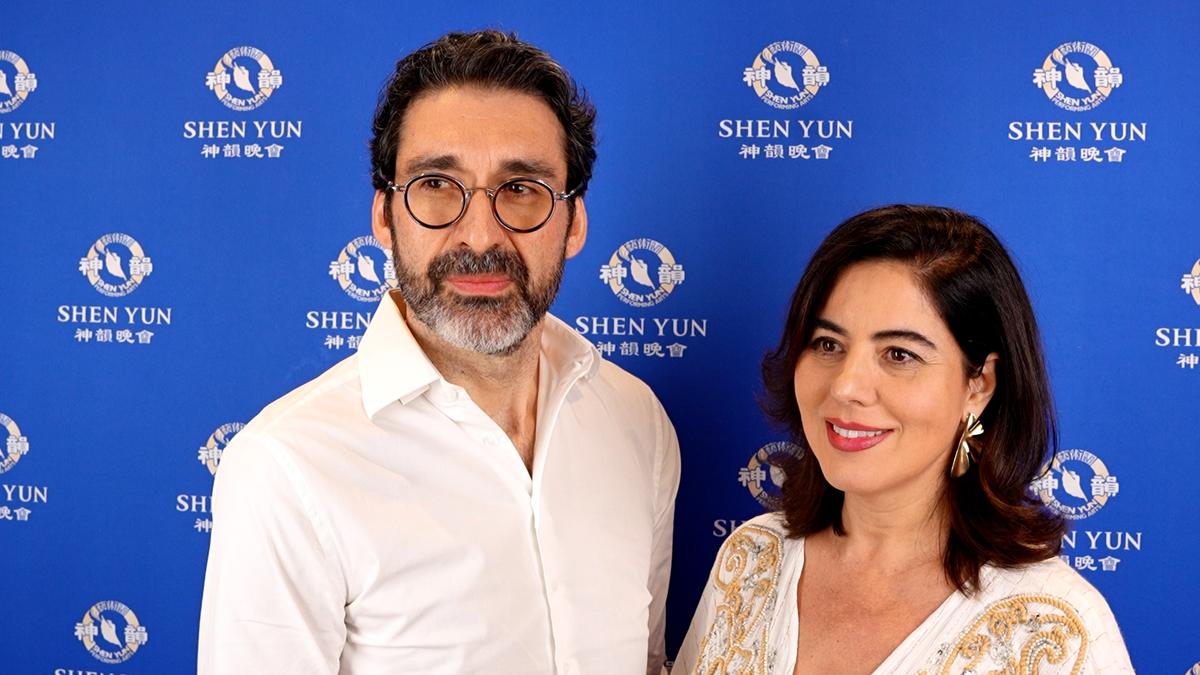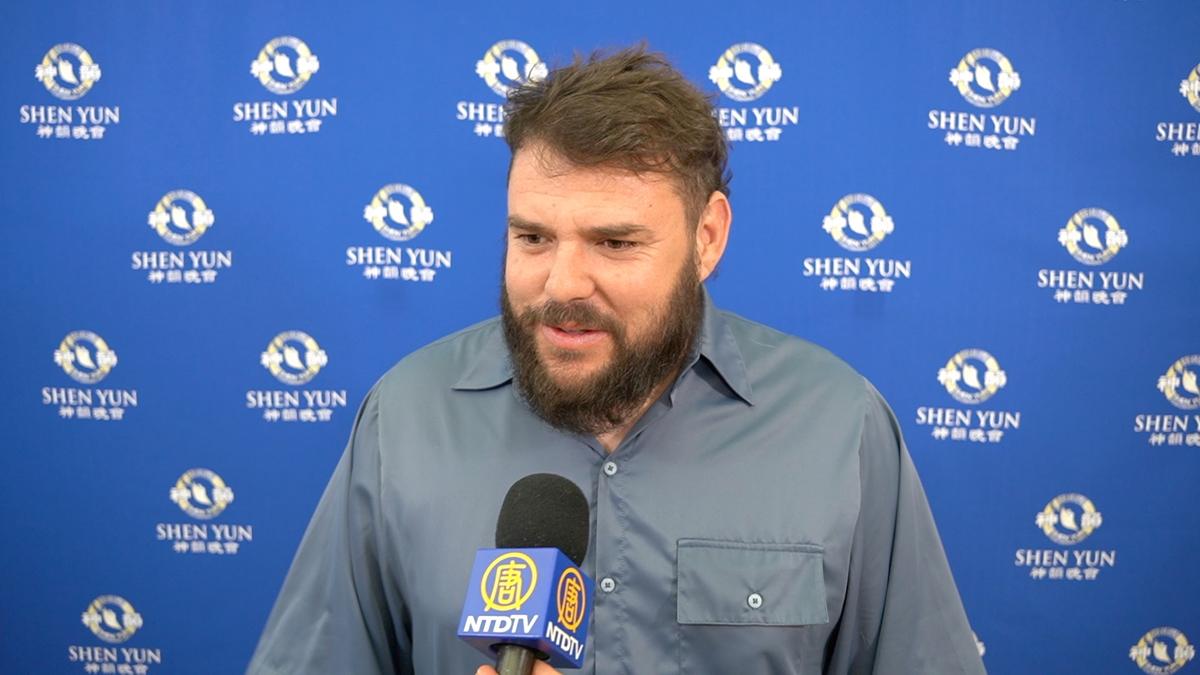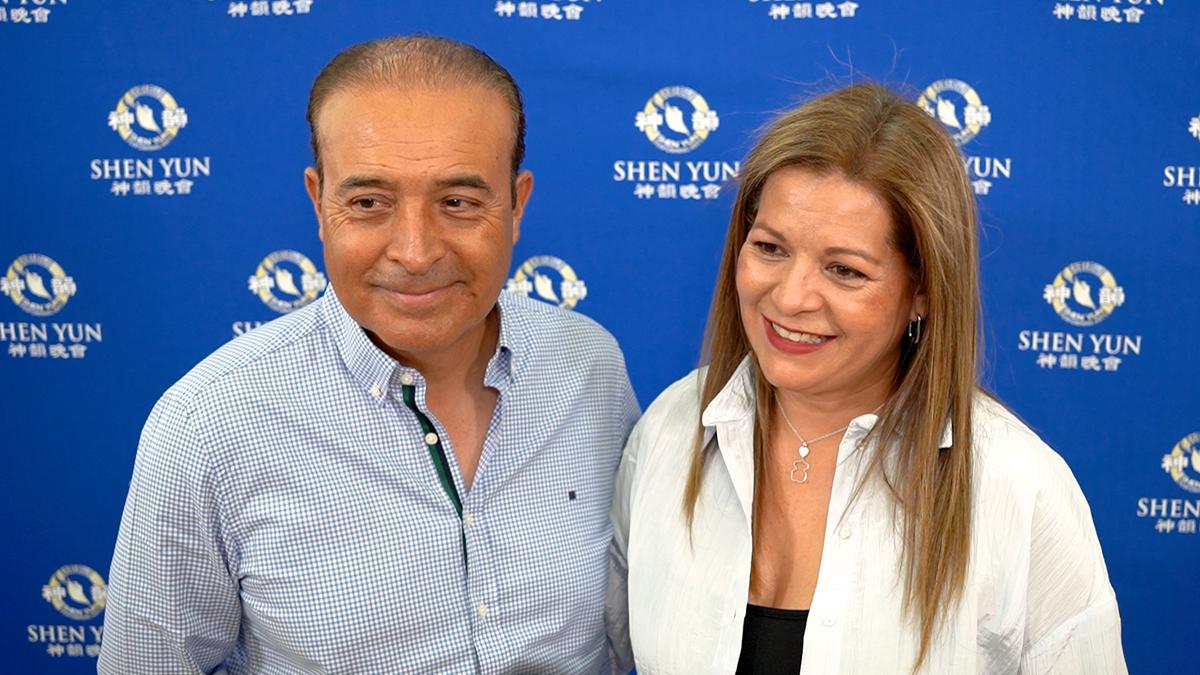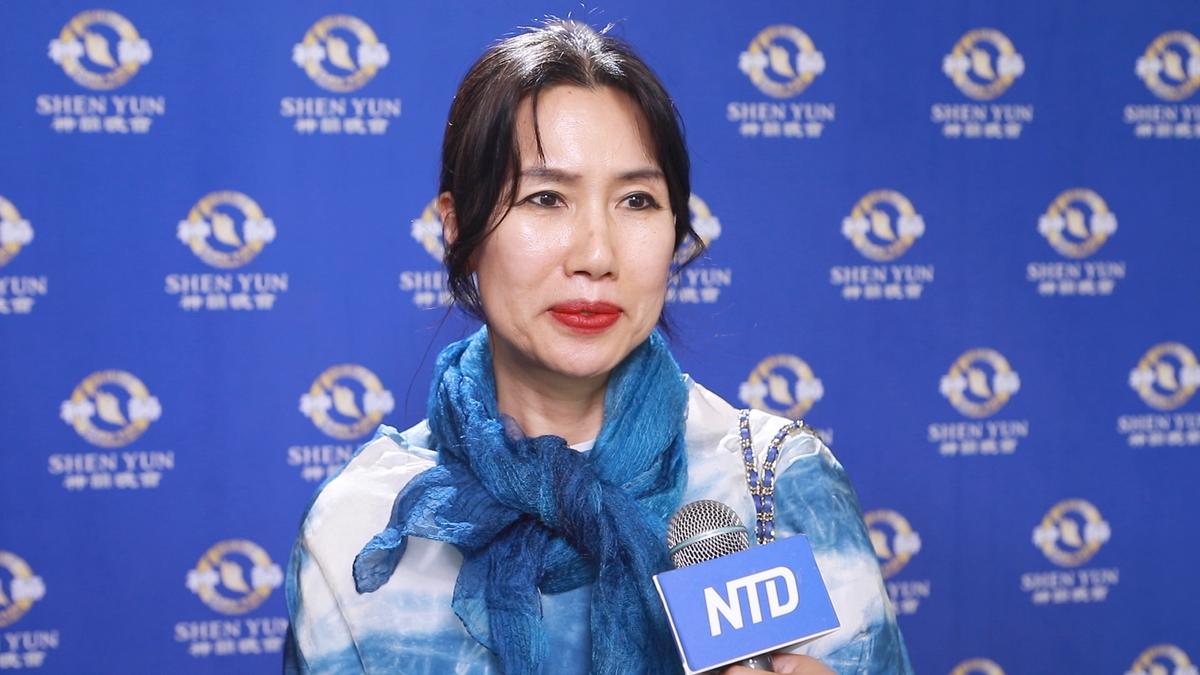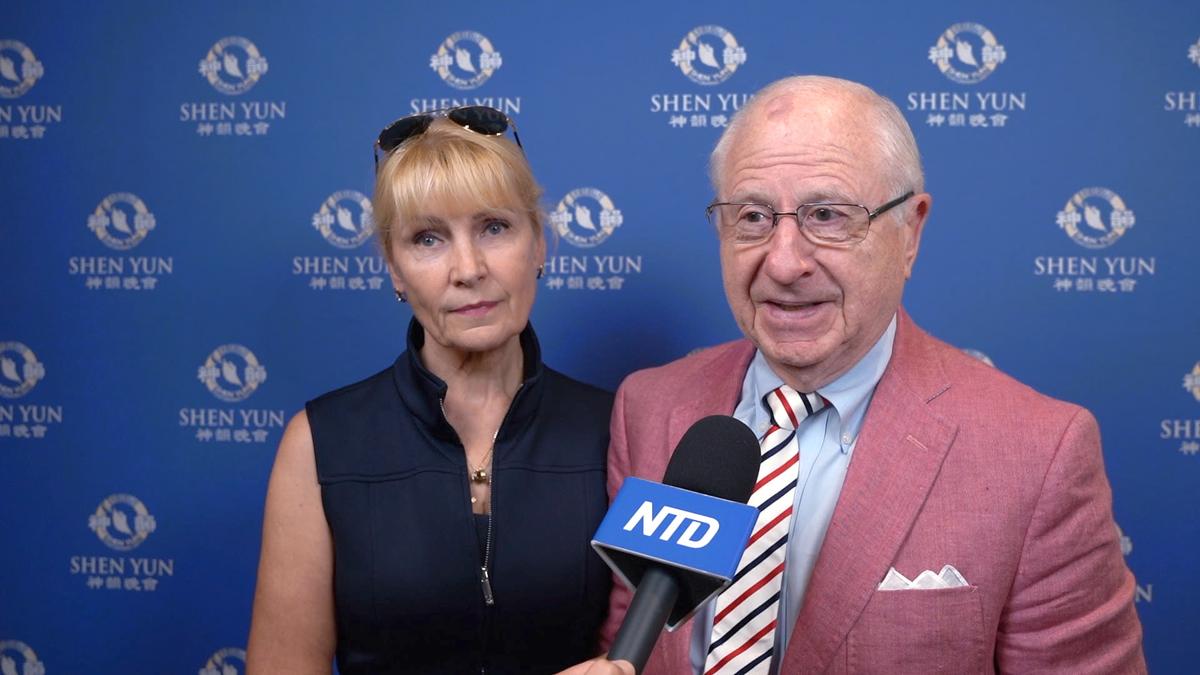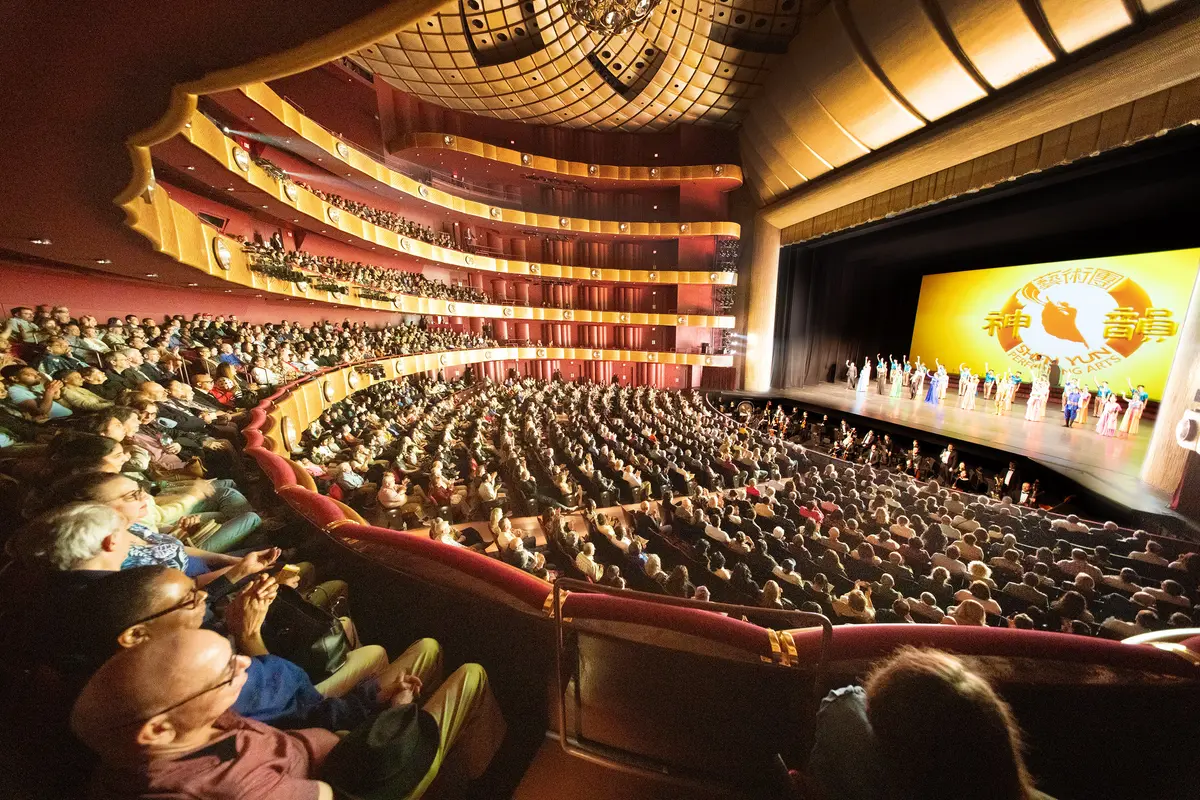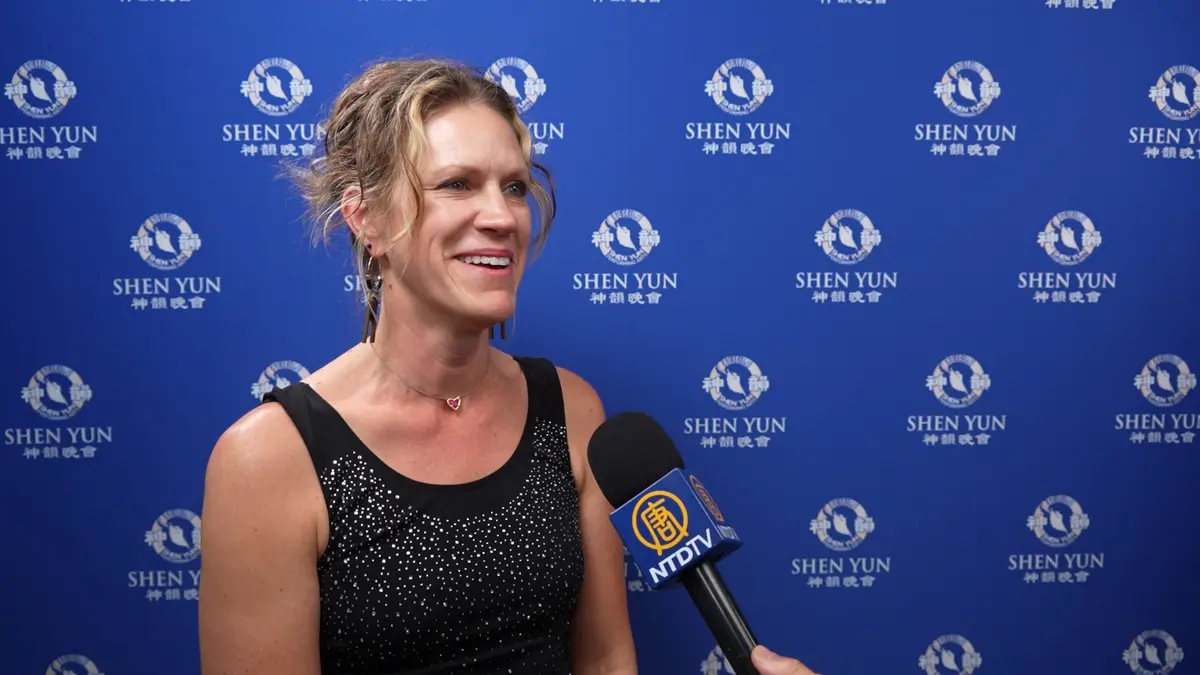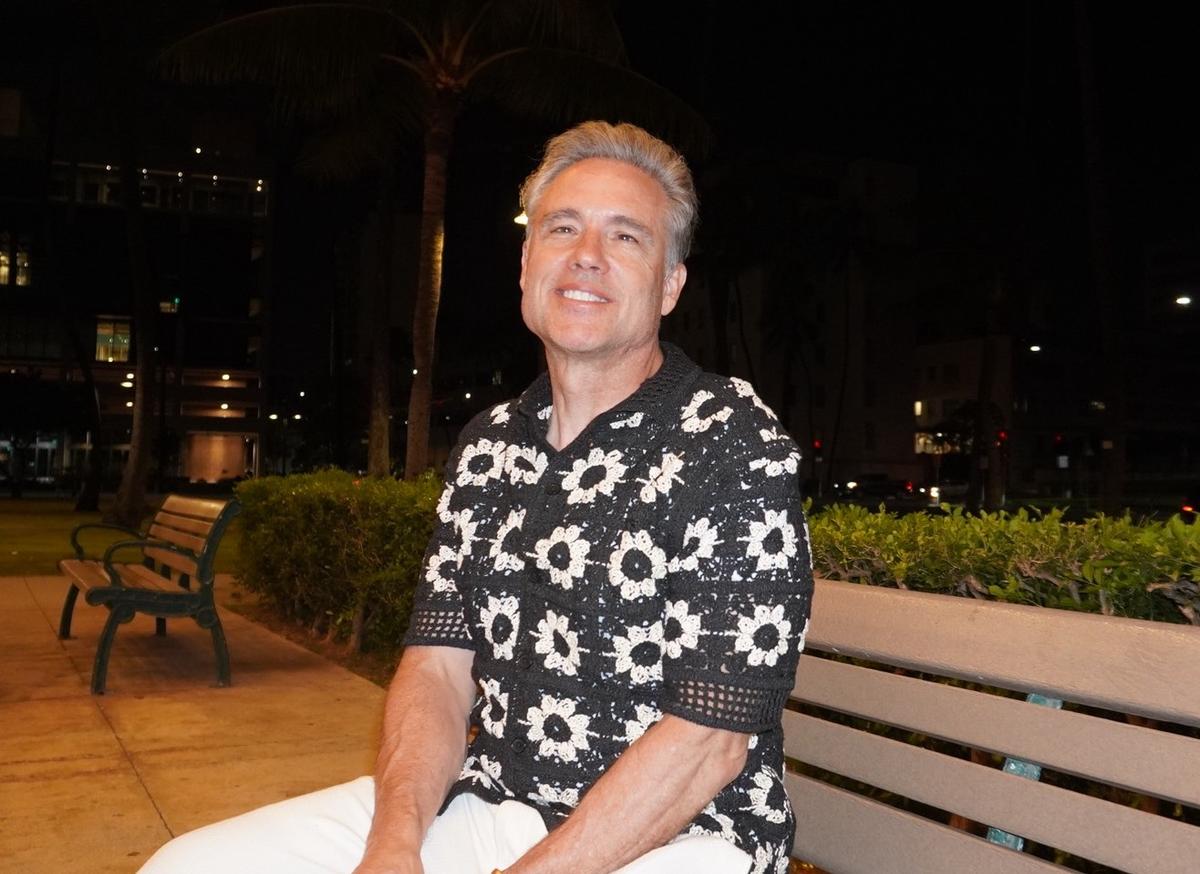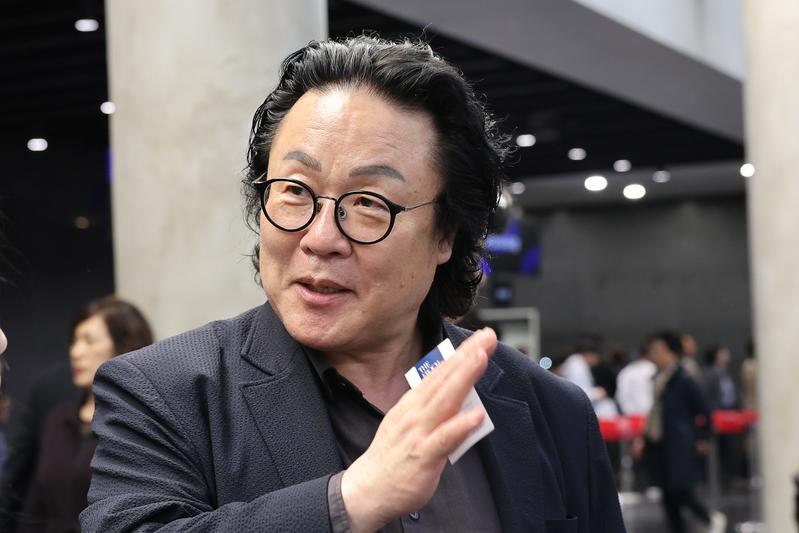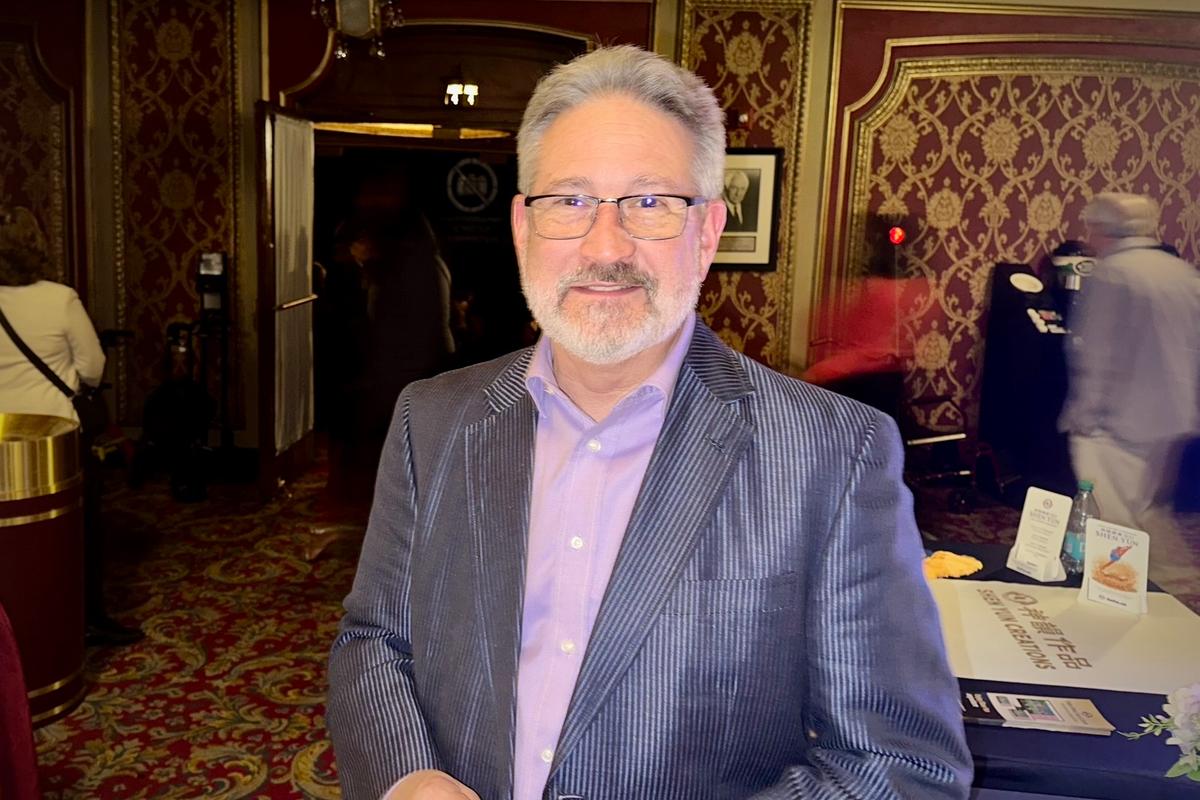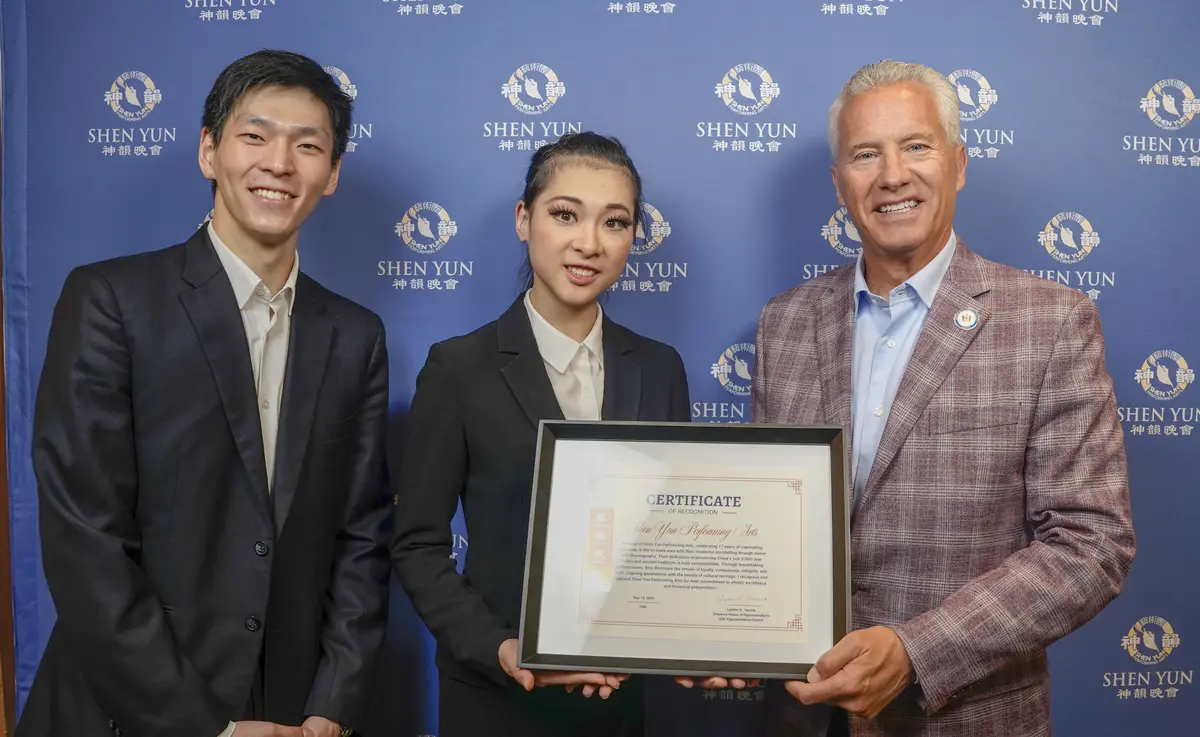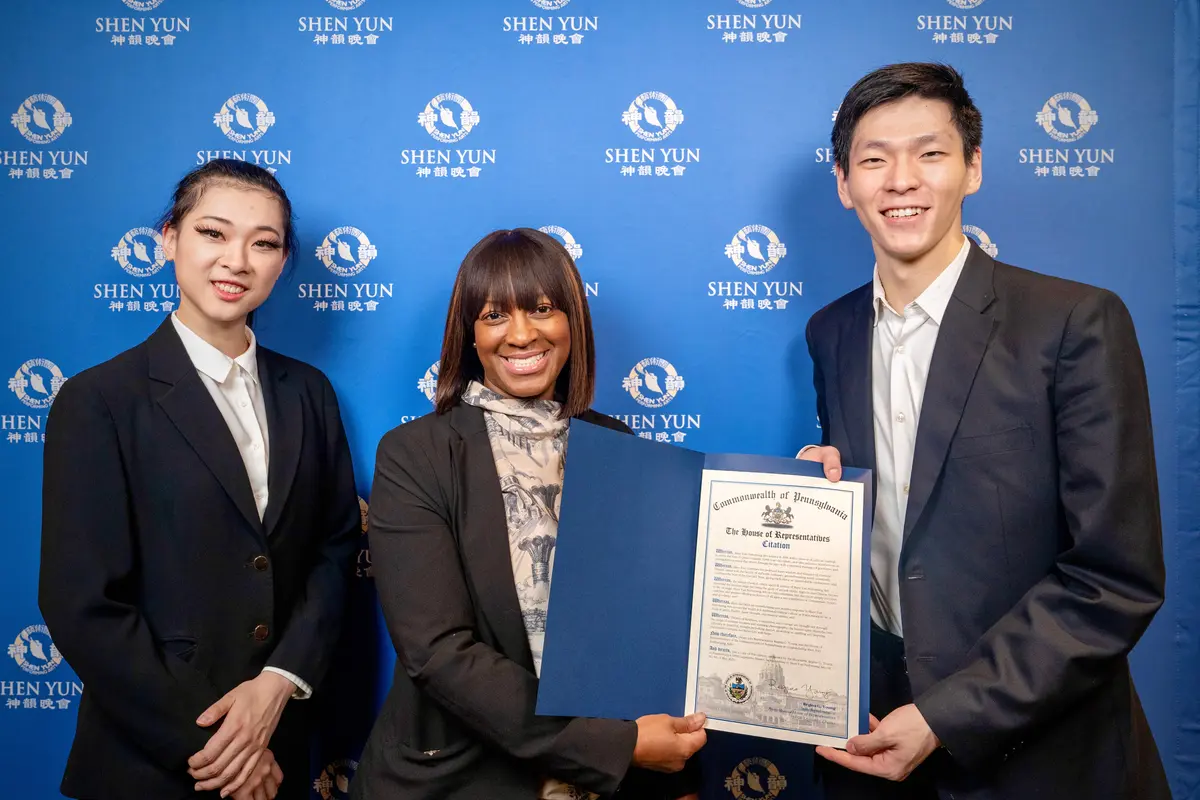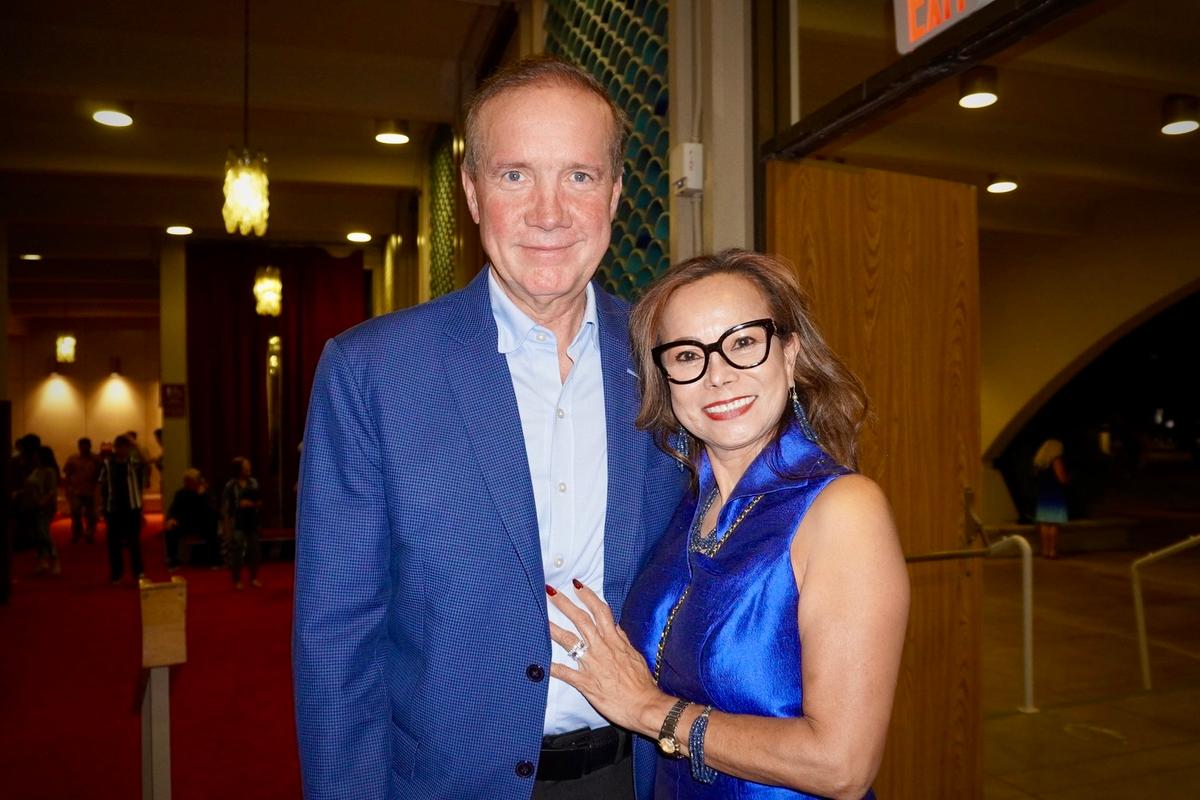A member of the New Zealand Maori Council, Mr. Minhinnick has served as the chair of its Law, Justice, and Corrections Committee, as well as the chair of its Tamaki Ki Te Tonga (South Auckland) District Council.
He is now the chair of the NZ Maori Council’s Environment and Climate Change Committee, and also chair of the Ngāti Te Ata Uenuku Committee.
Mr. Minhinnick is also the CEO of Te Kopu Inc., a charitable group with almost two decades under its belt that has a focus on education and working with the local community to foster learning and community enterprise.
“We are inspired here,” he said after seeing Shen Yun with his wife. “I was uplifted.”
“This is such a wonderful and inspiring undertaking,” he added. “It is more than a performance; it is more like a movement ... a movement about humanity and embracing it.”
“It has been amazing, outstanding, overwhelming really ... It was amazing! It was absolutely outstanding!”
“What a wonderful application of people reasserting, reaffirming who they are and where they are from, and why they are from there, and the opportunity to see that expression on stage today is just inspiring ... We are just stoked, absolutely stoked,” Mr. Minhinnick said.
“The synergy between the Chinese culture and our own [Māori] history here, it felt like I was being relayed some of that special connections between what was happening in China and some of our own history here in New Zealand. So that was fantastic to see,” he said, adding, “We are going to go back and think about how we can do things ourselves here, to look at some of the examples and see where we can look at our own production in terms of inspiring our own people this way through the performances we saw tonight.”
Shen Yun artists hail from all over the world. According to the company, most dancers are ethnic Chinese, and mainly come from North America, Australia, Taiwan, and China, and the musicians come from Korea, Germany, Armenia, and many other countries.
“Each and everyone of them, you could look at them in their eyes. In Māori, we don’t look in their eyes, it is a humble way to actually not look at their eyes. But the opportunity to look at them in their eyes and say that was absolutely moving, and we could see in their performances something akin to ... where we are performing to the world and expressing our culture from our heart with absolute authenticity—there is nothing better!”Mr. Minhinnick said the dancers captured “absolute balance.”
“The balance between the male and female ... they complemented each other on stage,” he said. “Amazing to see.”
Shen Yun ‘Unapologetically Spiritual’: Doctor
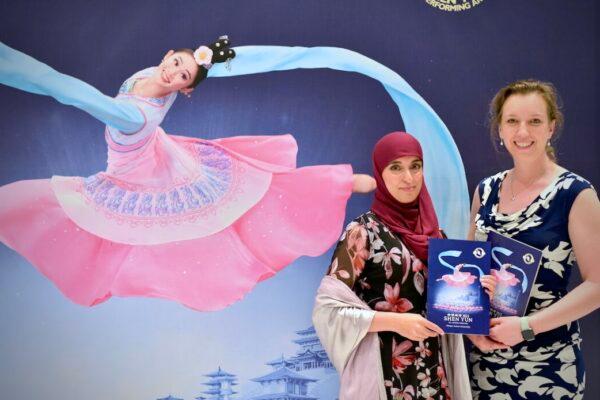
Nafeesa Akhtar and Caroline Borkett-Jones, two doctors specialising in anaesthesiology, based at North Shore Hospital in Auckland, praised the divinity and freedom of Chinese culture portrayed on stage.
“I quite enjoyed it ... I found it quite refreshing that [Shen Yun] was very unapologetically spiritual,” Ms. Akhtar shared.
“I really enjoyed it because it makes you think of the greater good, and there must be a meaning and a purpose to life, and dwell on actions to make us accountable. I found it quite powerful.”
“There being a divine, there being a purpose to our actions, and I think it was quite nice to bring that into the whole performance and be quite open about it,” Ms. Akhtar said.
“[Shen Yun] did say that atheism is the real decline of society today,” she continued. “I think that was also refreshing because not everybody has the courage to say that out loud, and I think to be able to sing that to an audience is quite powerful.”
Ms. Borkett-Jones shared that she enjoyed the songs that speak against communism.
“I quite like the songs that are combating communism,” she said. “If you talk to people, I would say that [there exists] a truth or a searching for truth inside every human being and the majority of human beings have an acknowledgement of the divine. I quite like the strident rejection of atheism. I enjoyed that.”
She noted how Shen Yun depicted the Chinese Communist Party’s organ transplant abuses in one of its story-based dances, describing it as a “shock element.”
“You can hear the gasps in the audience. Including that was really, really powerful.”
Falun Dafa practitioners who have been persecuted by the CCP since 1999, form the bulk of the prisoners of conscience targeted for forced organ harvesting by the Chinese communist regime.
“I feel it’s quite a sad thing that still happens today,” she said, commenting on the ongoing persecution.
“And it made it feel quite real, really. They did show that,” Ms. Akhtar said.
Artists have had a history of integrating spirituality into their work. In ancient China, artists believed that to create real art, one had to cultivate virtue and inner purity. Today, Shen Yun’s artists follow this noble tradition.
Ms. Borkett-Jones said that Shen Yun artists have a “really powerful way of communicating what you hold to be true.”
She shared that her overall experience of Shen Yun was “really beautiful and inspiring.”


